
Renault Twizy Coupe (2012-2021) interior, tech and comfort
.jpg)
Functionality is the order of the day in the Twizy’s cabin – it’s a fairly basic affair, with cheaper-feeling plastics that manufacturers of conventional city cars, such as the Smart Fortwo Coupe and Volkswagen e-Up simply wouldn’t use. However, it makes sense in the Renault – it only weighs 474kg, so thicker, higher quality plastic mouldings around the interior would add weight, lowering its already modest range even further.
It’s for similar reasons that other convenience-related features are absent: the steering wheel doesn’t adjust at all for distance or angle, while the front seat simply slides back and forth, with no option to vary the height or recline the backrest.
Stylistically, the dash itself is very simple, but all the more stylish for it, dominated by a small electronic instrument cluster that as well as speed and range gives a three-stage efficiency indicator to encourage you to drive in a manner that preserves the batteries for longer.
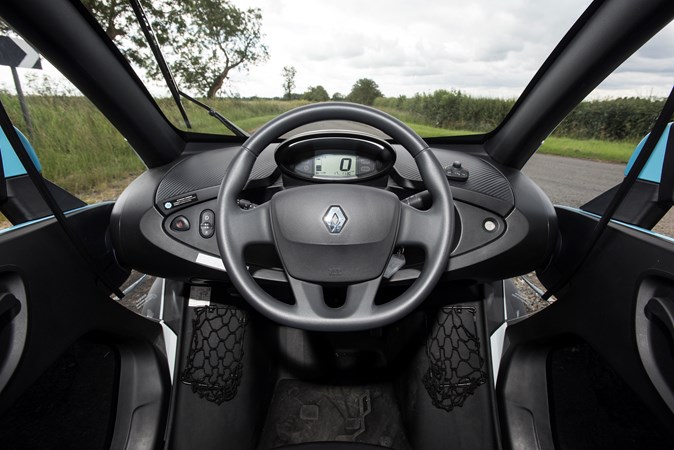
The handbrake is located under the dashboard, but can prove fiddly to use, while the push buttons for selecting forward, reverse and neutral are an abject lesson in simplicity. Apart from two steering-wheel-mounted stalks for lights and the windscreen wiper, that’s pretty much it.
Comfort is not a strong point
- Front seat occupant has plenty of space…
- But it’s far less positive in the rear
- Ride quality is very firm
Unless you happen to be sat in the Twizy’s front seat, driving relatively slowly on a billiard table-smooth road on a warm, summer’s day, ‘comfort’ is not a word you’d automatically associate with the Twizy.
Given the lack of decent adjustable in the driving position, it doesn’t feel uncomfortable, perhaps aided by the space and airiness around you. It feels light, particularly if you opt for the glazed roof, while the transluscent panels in the doors’ lower portions contribute further.
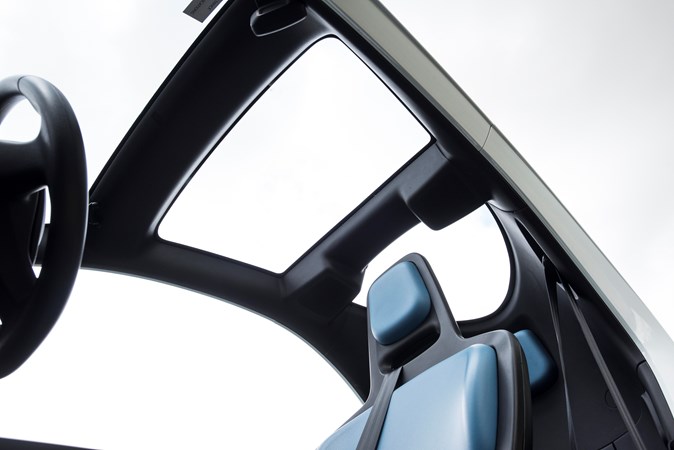
You will want the doors – not just from the safety perspective – but also because despite not having any upper glazing, they do a decent job of deflecting wind and rain around the driver at speed, although much of that weather gets scooped up by the rear passenger, much to their displeasure.
Comfort’s far more compromised in the back, where it helps to have a decent relationship with whoever’s driving seing as they’ll be piloting the Twizy with your legs straddling their seat. Primary culprits for the back perch definitely being the cheap seats are the sloping roofline and bodywork that tapers-in aggressively towards the back of the Renault. A 6ft tall adult can just about get in and be driven around for a short time, but in truth the lack of space and tricky access makes them better suited to kids.
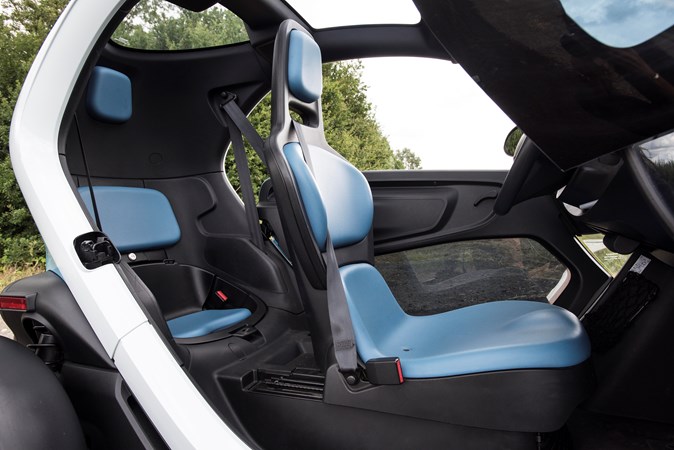
These days we’re used to electric cars being eerily quiet, but not so much with the Twizy. As well as wind constantly rushing around the open sides, the electric motor itself quickly works itself into a high-pitched frenzy as the speed increases. Think not of serene progress, but of an energetic toddler incessantly blowing on a kazoo. Conversations between driver and passenger – or using the optional Parrot Bluetooth kit – are likely to be few and far between.
However, the most significant comfort-related problem the Twizy has is the incredibly firm ride quality, an experience that’s worse for whoever’s sat in the back given that their bum’s nearer the rear axle and suspension. Even minor imperfections are amplified by the Twizy’s structure, transmitted loud and clear to the occupants via those rigid seats and their lack of cushioning.


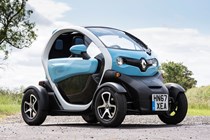
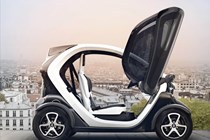
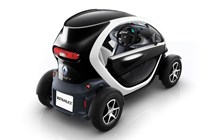
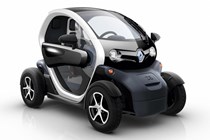
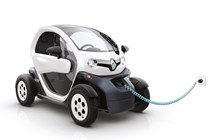
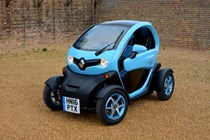
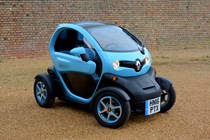
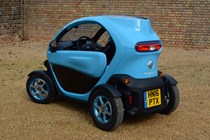
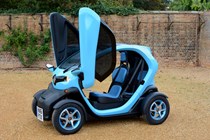
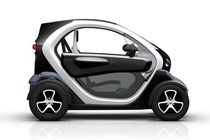

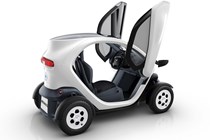
.jpg)
.jpg)
.jpg)
.jpg)
.jpg)
.jpg)
.jpg)
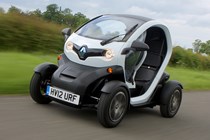
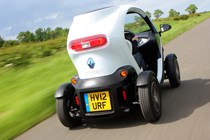
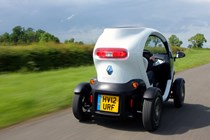

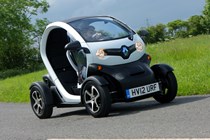
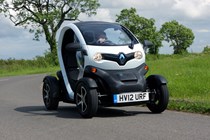
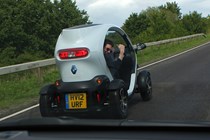
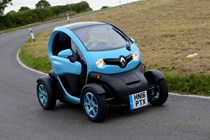

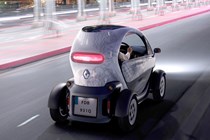
.jpg)
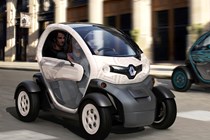
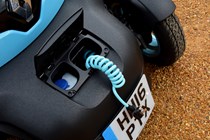
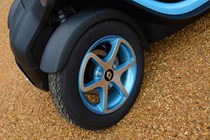
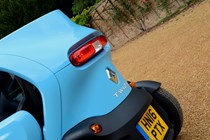
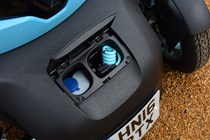
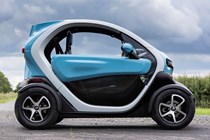
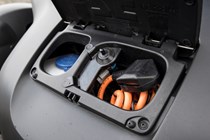
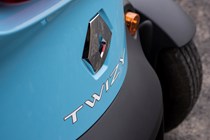
.jpg)
.jpg)
.jpg)
.jpg)
.jpg)
.jpg)
.jpg)
.jpg)
.jpg)
.jpg)
.jpg)
.jpg)
.jpg)
.jpg)
.jpg)
.jpg)
.jpg)
.jpg)
.jpg)
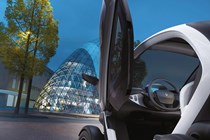
.jpg)
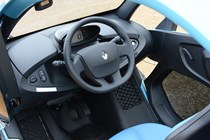
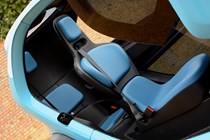
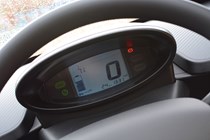
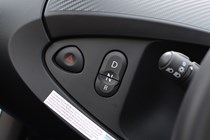
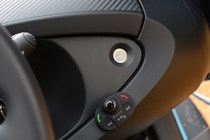
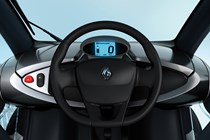
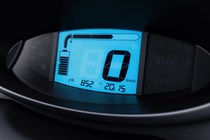
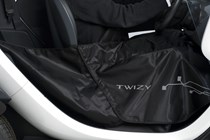
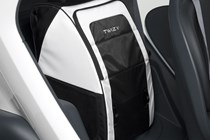
.jpg)
.jpg)
.jpg)
.jpg)
.jpg)
.jpg)
.jpg)
.jpg)
.jpg)
.jpg)
.jpg)
.jpg)
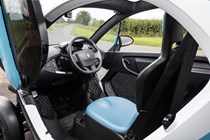
.jpg)
.jpg)












.jpg?quality=50)
.jpg?quality=50)
.jpg?quality=50)
.jpg?quality=50)
.jpg?quality=50)
.jpg?quality=50)
.jpg?quality=50)










.jpg?quality=50)








.jpg?quality=50)
.jpg?quality=50)
.jpg?quality=50)
.jpg?quality=50)
.jpg?quality=50)
.jpg?quality=50)
.jpg?quality=50)
.jpg?quality=50)
.jpg?quality=50)
.jpg?quality=50)
.jpg?quality=50)
.jpg?quality=50)
.jpg?quality=50)
.jpg?quality=50)
.jpg?quality=50)
.jpg?quality=50)
.jpg?quality=50)
.jpg?quality=50)
.jpg?quality=50)

.jpg?quality=50)









.jpg?quality=50)
.jpg?quality=50)
.jpg?quality=50)
.jpg?quality=50)
.jpg?quality=50)
.jpg?quality=50)
.jpg?quality=50)
.jpg?quality=50)
.jpg?quality=50)
.jpg?quality=50)
.jpg?quality=50)
.jpg?quality=50)

.jpg?quality=50)
.jpg?quality=50)